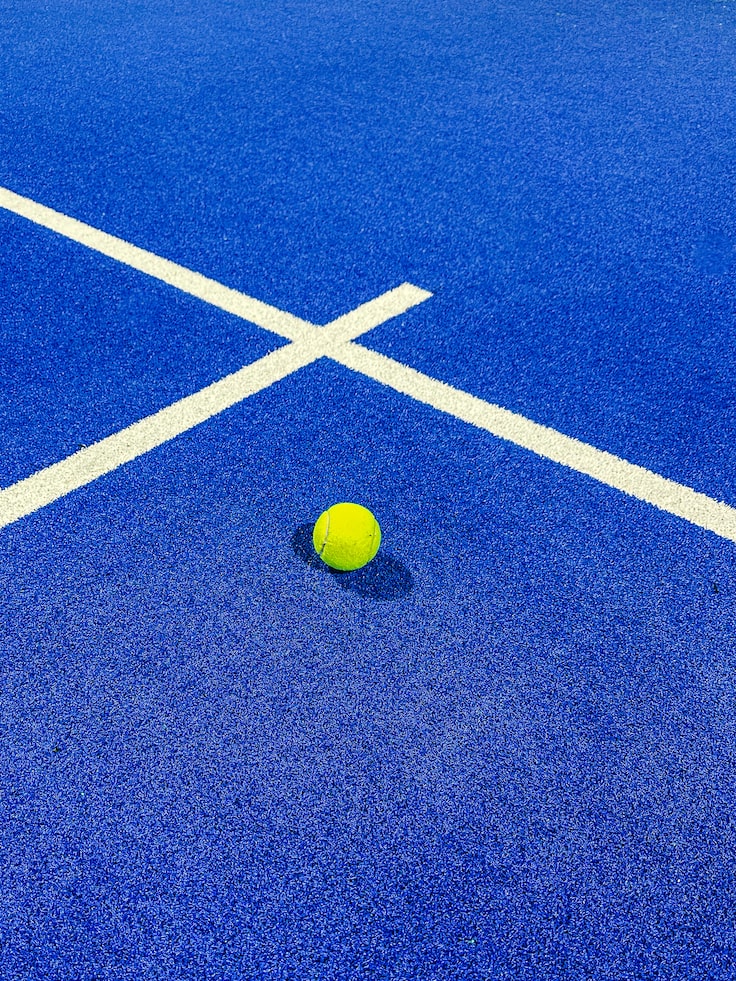A Comprehensive Guide to the Serve in Padel: Rules and Variations
3 min read
A Comprehensive Guide to the Serve in Padel: Rules and Variations
Greetings, fellow padel enthusiasts! Today, we dive into the heart of the game — the serve in padel. Whether you’re a beginner or a seasoned player, understanding the rules and variations of the serve is crucial for a strong start. So, let’s serve up some knowledge and answer the burning question: what is a serve in padel?
The Basics: What is a Serve in Padel?
In its simplest form, a serve in padel is the shot that initiates each point. A server must hit the ball from behind the baseline into the opponent’s service box, diagonally across the court. The ball must bounce in the opponent’s service box area without touching any walls before the receiver returns it. Now, let’s dig deeper into the rules and variations of the serve.
The Standard Serve: Classic Yet Effective
The most common serve used in padel is the classic serve. In this technique, players opt for an underarm serve, striking the ball before it bounces using an open-palmed grip. The server aims to place the ball deep into the service box, making it difficult for the receiver to return. Remember, maintaining proper footwork and body positioning is crucial for an accurate and powerful serve.
Variations of the Classic Serve:
The Slicer Serve: Adding a Twist
Looking to spice up your serves? The slicer serve is a fantastic variation that can leave your opponents in awe. With this technique, you create sidespin on the ball by brushing it from right to left (for right-handed players) or left to right (for left-handed players). The result? A ball that curves unpredictably upon bouncing, challenging your opponent’s return skills.
The Volley Serve: Catch Your Opponent Unprepared
For those ready to take bold risks, the volley serve is an intriguing option to consider. Instead of letting the ball bounce, you choose to hit it directly from the air as it crosses the net. This aggressive tactic catches your opponent off guard, preventing them from settling into a comfortable returning position. Remember, mastering the volley serve requires precise timing and quick reflexes.
The Service Box: A World of Strategy
Now that we know what a serve is and a few variations to spice up our game, let’s explore the strategic dimensions of the service box. The service box is divided into three zones: the T-zone and the two side zones. This division opens up a world of possibilities to keep your opponents guessing and gain a tactical advantage. Varying your serve placement within the service box will force your opponents to constantly adjust their positions, creating openings for subsequent shots.
Additionally, it’s essential to be mindful of the receiver’s dominant hand. Analyzing their grip and stance during the pre-serve moments can help you strategically position your serves to exploit any weaknesses. Remember, the element of surprise can significantly enhance your serve and increase your chances of winning crucial points.
Conclusion
Congratulations on unlocking the secrets of the serve in padel! We’ve covered the fundamentals, explored different serve variations, and delved into the strategic aspects of the service box. Now, armed with this knowledge, it’s time to hit the court and put your skills to the test. Remember to practice, adapt, and always keep your opponents on their toes. Go ahead and make your serves the highlight reel of every padel match you play!
For more padel insights and tips, stay tuned to our blog, where we’ll continue to unravel the mysteries of this fantastic sport. Happy serving!







